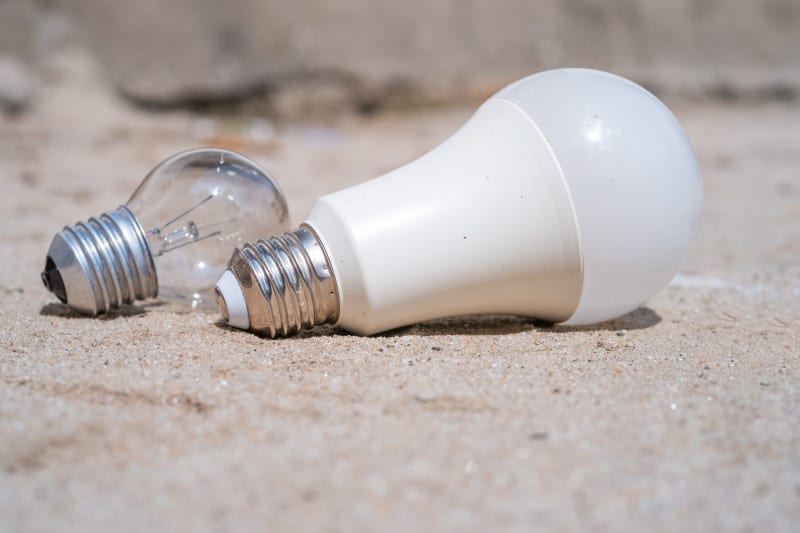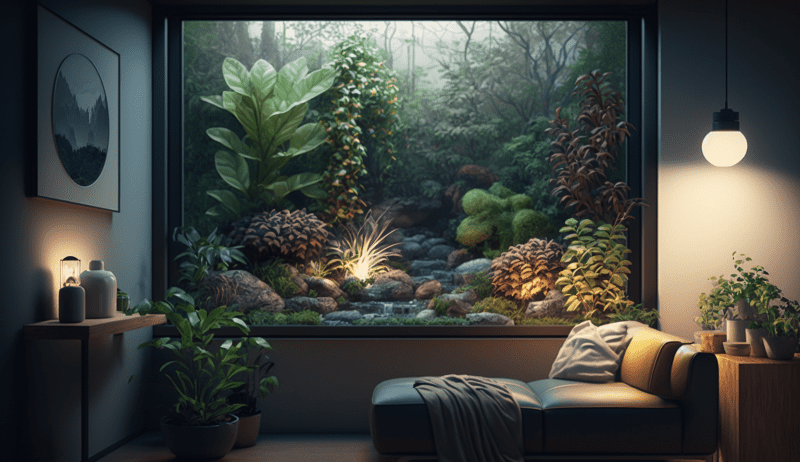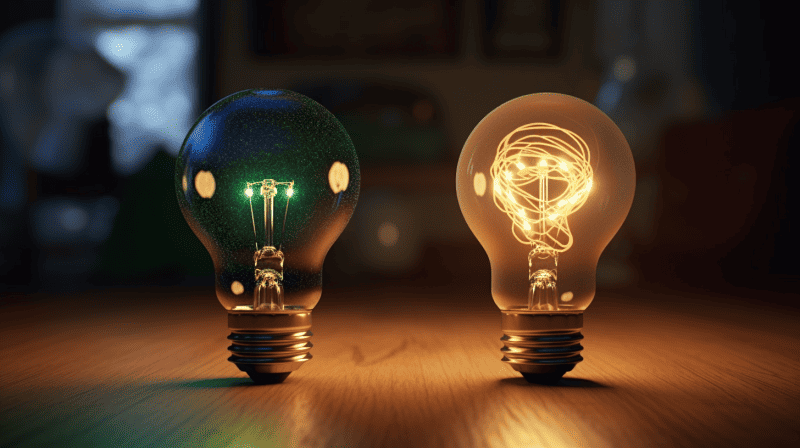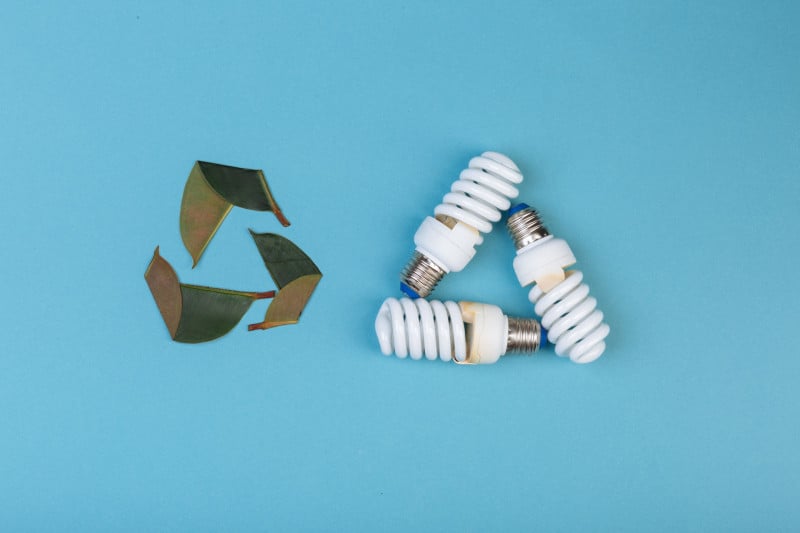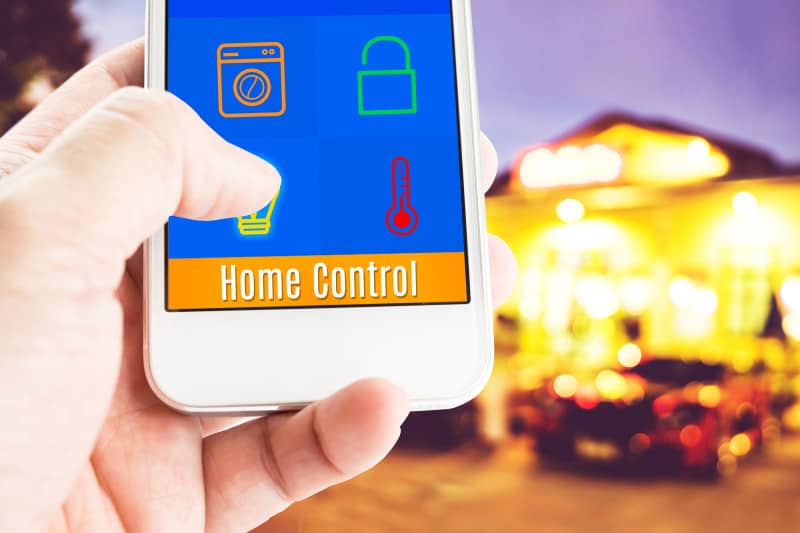Global warming poses a serious threat to our planet, and one effective way to combat it is through energy-efficient lighting.
By making smart choices in lighting, we can significantly reduce emissions and make a positive impact.
Lighting accounts for around 10% of household electricity usage, but by switching to energy-efficient bulbs, we can save money on bills while lowering greenhouse gas emissions.
LED bulbs are the most efficient, using around 75% less energy than incandescent bulbs while producing the same amount of light.
They also last longer and generate less heat.
By making small changes like switching to LED bulbs, we can all contribute to slowing down climate change.
Energy-Efficient Lighting and Global Warming
I’m sure we’ve all heard about how global warming is negatively impacting our planet.
It’s no secret that energy-efficient lighting can play a big role in reducing emissions, and that’s why it’s so important to consider when making energy-saving decisions.
Solar power is becoming increasingly popular as an alternative energy source, but energy-efficient lighting can still make a huge difference.
With the right bulbs and fixtures, you can significantly reduce your carbon footprint.
Lighting accounts for around 10 percent of the average household’s electricity usage – and if you switch to more efficient bulbs, you can save money on your utility bills while also reducing greenhouse gas emissions.
LED bulbs are the most efficient type of bulb available today, using at least 75 percent less energy than incandescent bulbs while still providing the same amount of light output.
Not only are LED bulbs longer lasting than traditional bulbs, they also produce very little heat which further reduces their impact on the environment.
By making small changes like switching to LED lightbulbs, we can all help do our part in slowing down climate change.
Benefits of Switching To Energy-Efficient Lighting
Making the switch is an easy way to make a huge difference in our environment, and it doesn’t require a lot of effort.
By doing so, we can significantly lower emissions and reduce costs.
Nowadays, with technology advancing so rapidly, there are many different types of energy-efficient lighting on the market.
They range from LED bulbs that last longer and consume less electricity than regular incandescent bulbs, to solar-powered lamps that can be used outdoors without drawing any power from the grid.
The possibilities are endless for those looking for ways to save energy and money.
Switching to energy-efficient lighting is not only good for the environment but also beneficial for our wallets.
We will see an immediate impact on our utility bills as soon as we replace our old light fixtures with these new energy-saving solutions.
Plus, by lowering emissions, we’re helping protect the planet’s resources while saving ourselves some cash in the long run!
Different Types of Energy-Efficient Lighting
When it comes to energy-efficient lighting, there are two major types available: LED and CFL.
LED stands for Light Emitting Diode, which is a type of semiconductor.
It uses up to 75 percent less energy than the traditional incandescent light bulb, and has a lifespan that’s up to 25 times longer.
CFL stands for Compact Fluorescent Lamp, and looks like a coiled tube with two pins sticking out from one end. CFLs use much less energy than incandescent light bulbs, but have shorter lifespans than LEDs.
Both LED and CFL lighting offer some benefits for reducing global warming:
- They both use far less power than traditional incandescent bulbs, meaning that fewer fossil fuels need to be burned in order to generate electricity.
- Daylight harvesting can be used in conjunction with LED or CFL lighting, which takes advantage of natural sunlight during the day in order to reduce overall amount of artificial light required at night.
- The longer lifespans of LEDs mean fewer lightbulbs will need to be replaced over time, leading to a reduction in waste materials that would otherwise end up in landfills.
When deciding between LED and CFL lighting, it’s important to consider factors such as cost, quality of light produced, and environmental impact.
LEDs typically cost more upfront but their long lifespan can offset this initial expense over time.
Furthermore, they produce a higher quality of light while using less energy than CFLs—making them an excellent choice for reducing global warming emissions without sacrificing comfort or convenience.
How To Make The Switch
Making the switch to an energy-efficient lighting system is easier than you might think.
With recent energy efficiency standards, lighting legislation and a wide variety of affordable options, you can make your home or business more energy-efficient today.
One way to get started is to learn about the types of energy-efficient bulbs available.
LED bulbs, for example, use up to 80% less energy than traditional incandescent bulbs and last up to 25 times longer. Halogen and compact fluorescent lamps are also great options that offer high efficiency and low cost.
Once you’ve chosen a bulb type, it’s time to start replacing your old lights with new ones.
Make sure to follow all safety instructions when replacing them; if you’re unsure how to do it yourself, consider hiring a professional electrician.
Doing so will help ensure that your new lights are installed correctly and safely.
By making the switch to an energy-efficient lighting system, you can help reduce global warming while saving money on your electric bill in the long run. It’s easy and beneficial – why not start today?
Cost Savings of Energy-Efficient Lighting
It’s time to shed some light on the cost savings of energy-efficient lighting.
Like a beacon in the night, energy efficiency can help us save money and reduce our collective carbon footprint.
To start, energy-efficient lighting helps reduce energy costs by using less wattage per hour than traditional bulbs.
LED lights are particularly efficient because they require far less wattage and can last up to 25 times longer than incandescent bulbs.
Not only does this increase cost savings for households and businesses, but it also helps conserve resources like coal, oil, and natural gas that are used to generate electricity.
The next benefit is that energy-efficient lighting reduces the amount of greenhouse gases released into the atmosphere.
This is especially important when it comes to global warming because these gases trap heat in the atmosphere and contribute to rising temperatures around the world.
By switching to more efficient lighting solutions, we can all make a difference in reducing our collective carbon footprint and helping protect our planet for future generations.
Here are five ways you can start saving on energy costs today:
- Replace traditional light bulbs with LED ones
- Take advantage of natural sunlight whenever possible
- Make sure your lights are turned off when not in use
- Utilize dimmers or motion sensors in hallways and bathrooms
- Install occupancy sensors for rooms that you don’t use regularly
Making small changes like these will not only help lower your monthly utility bills but also do your part in protecting our planet from climate change.
So take action now—it’s never too late to start making a difference!
Conclusion
Making the switch to energy-efficient lighting is a simple and cost-effective way to reduce our impact on global warming.
Not only does it save us money in energy costs, but it also helps reduce greenhouse gas emissions and protects our environment.
We can all do our part to help reduce emissions by making the switch today. With the many types of energy-efficient lighting available, there’s sure to be an option that fits our budget and lifestyle.
Let’s make a commitment to ourselves and future generations: let’s choose energy-efficient lighting and help protect our planet from global warming.

